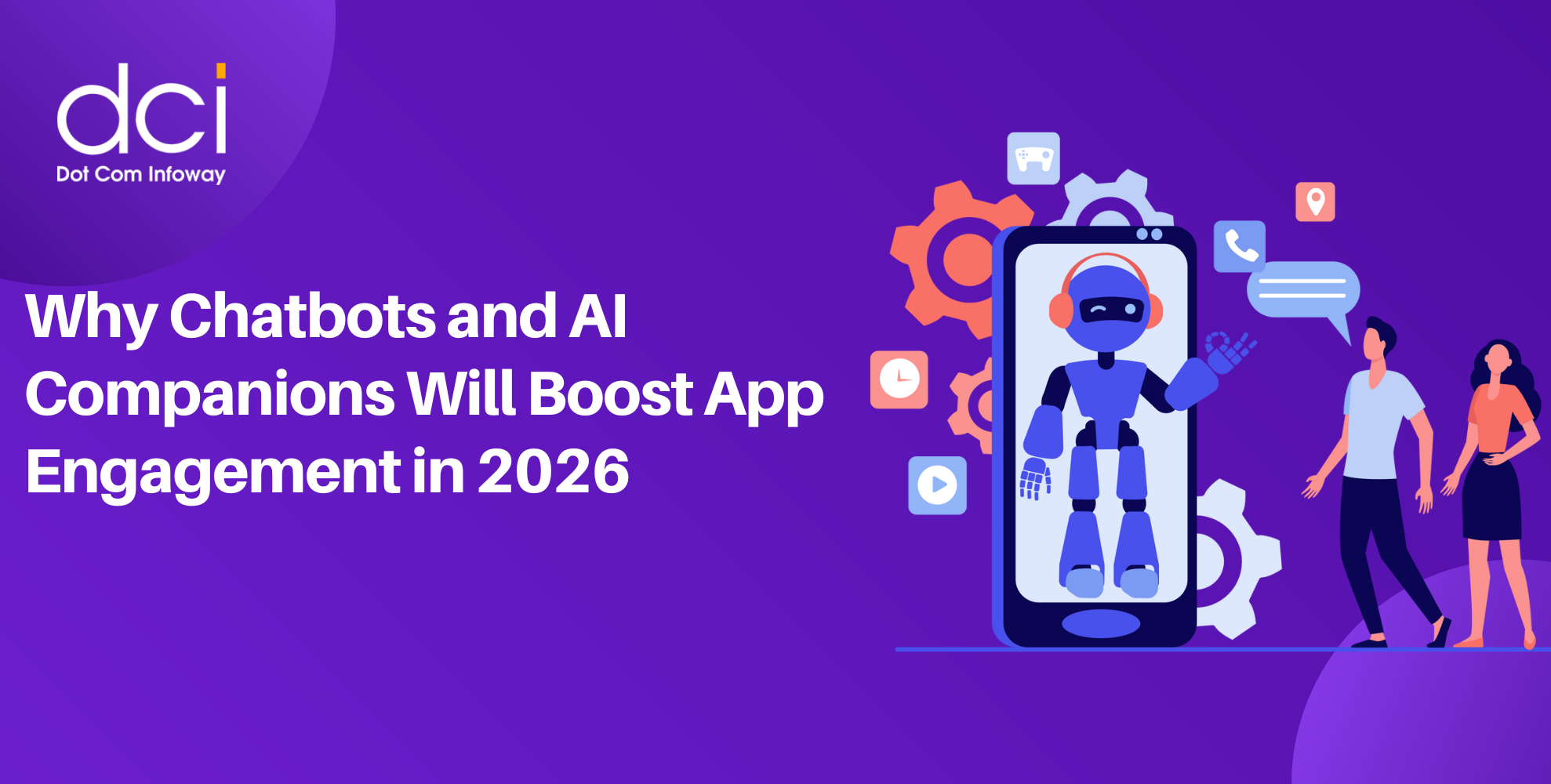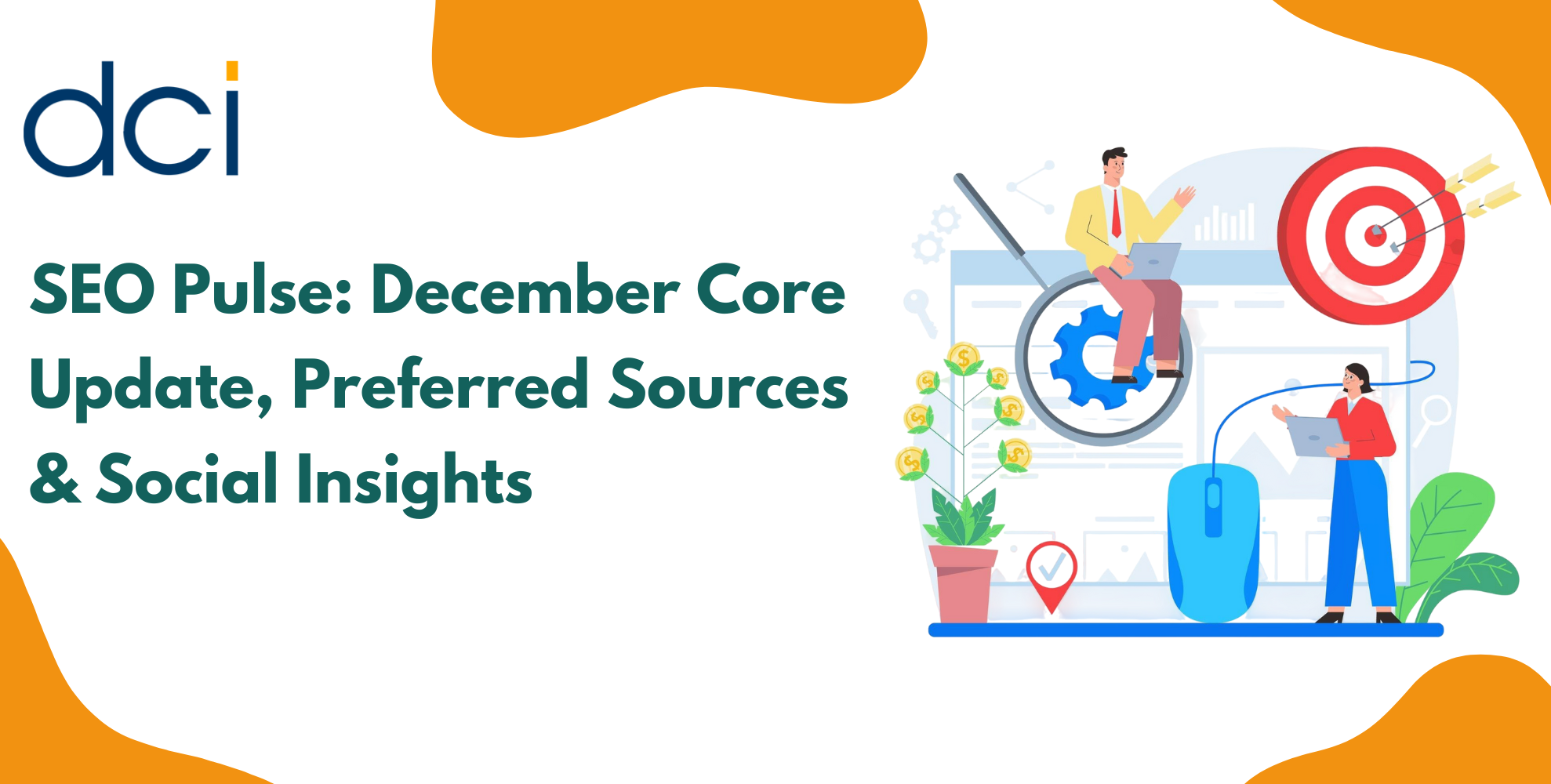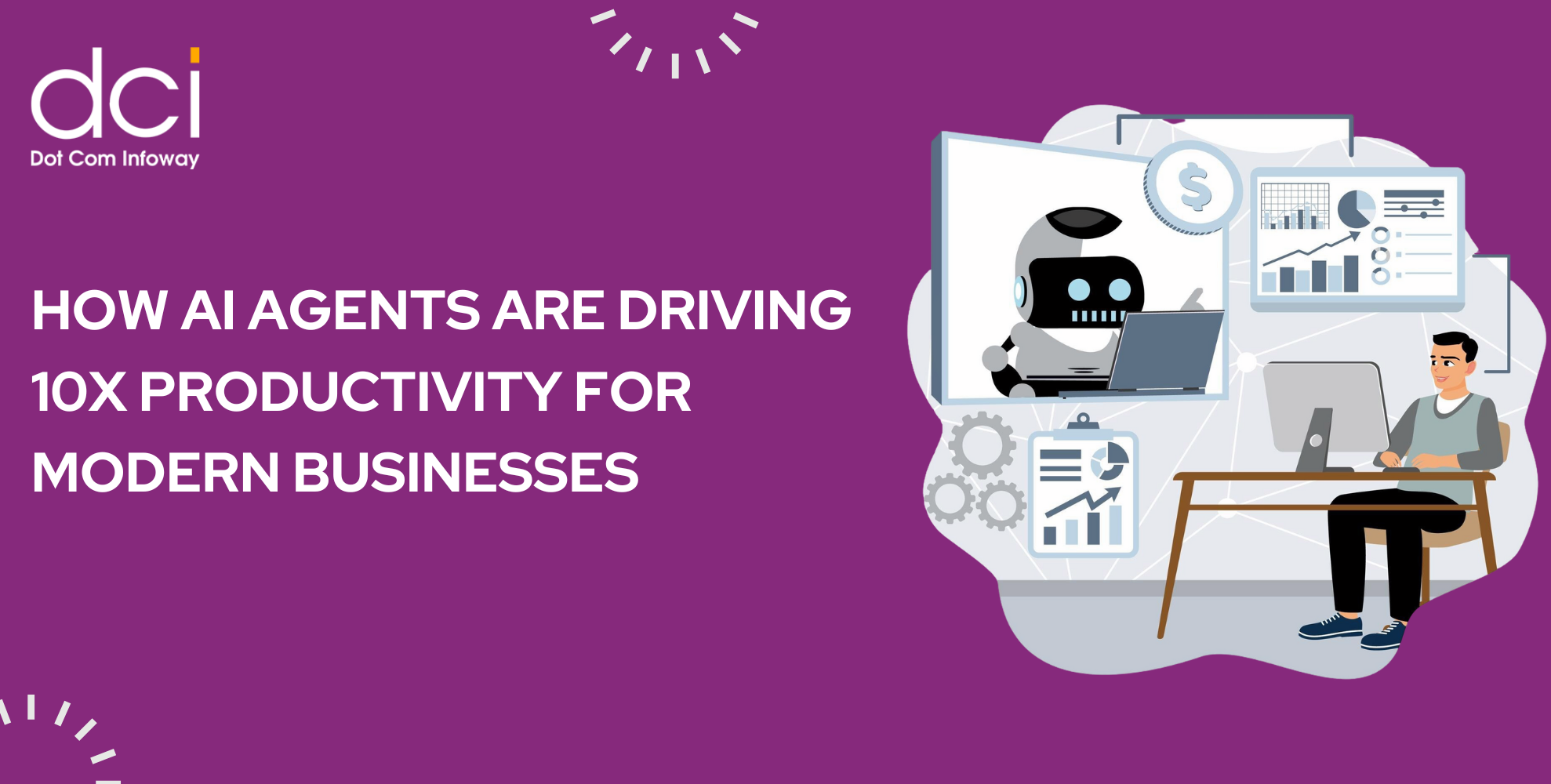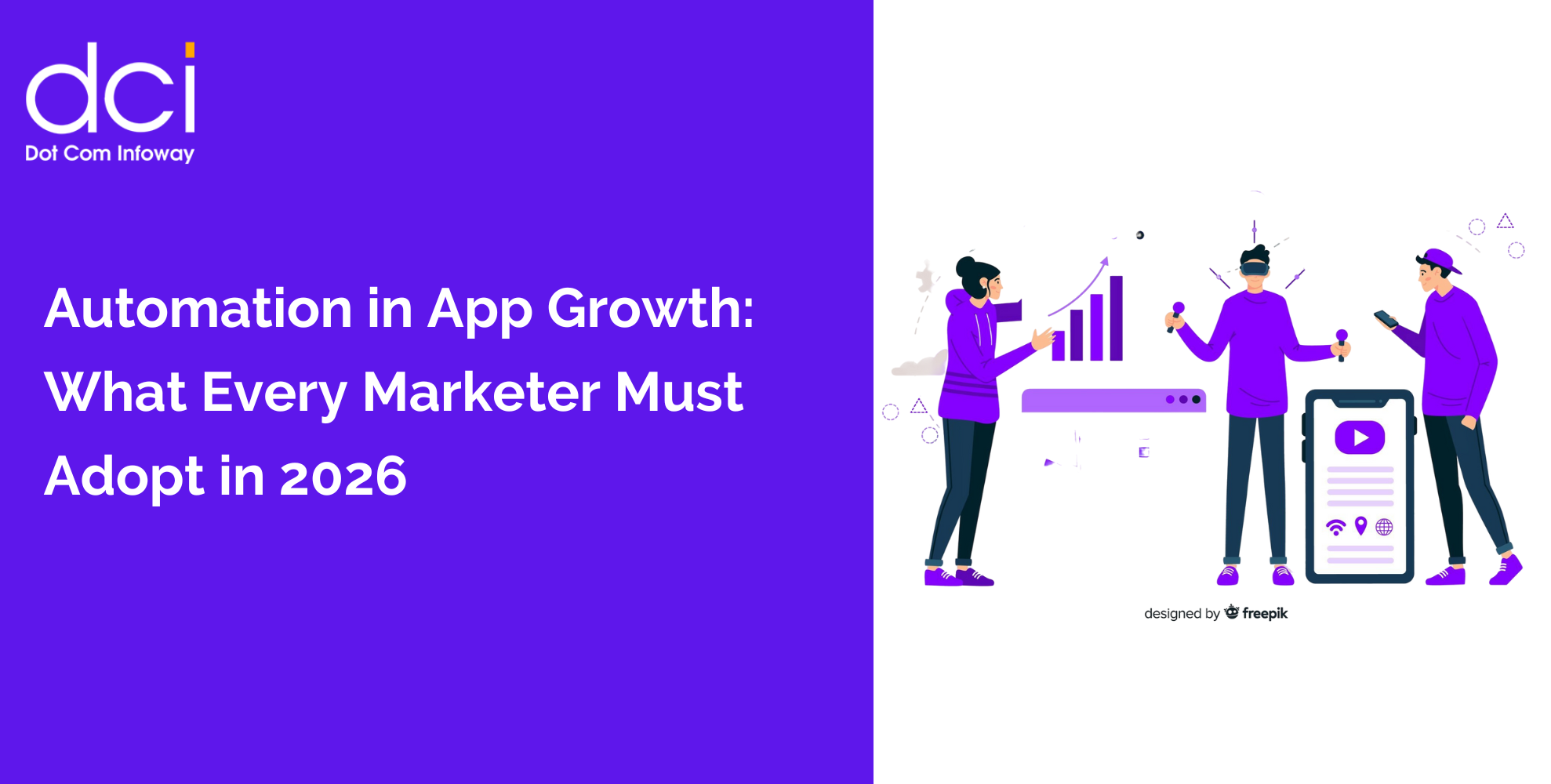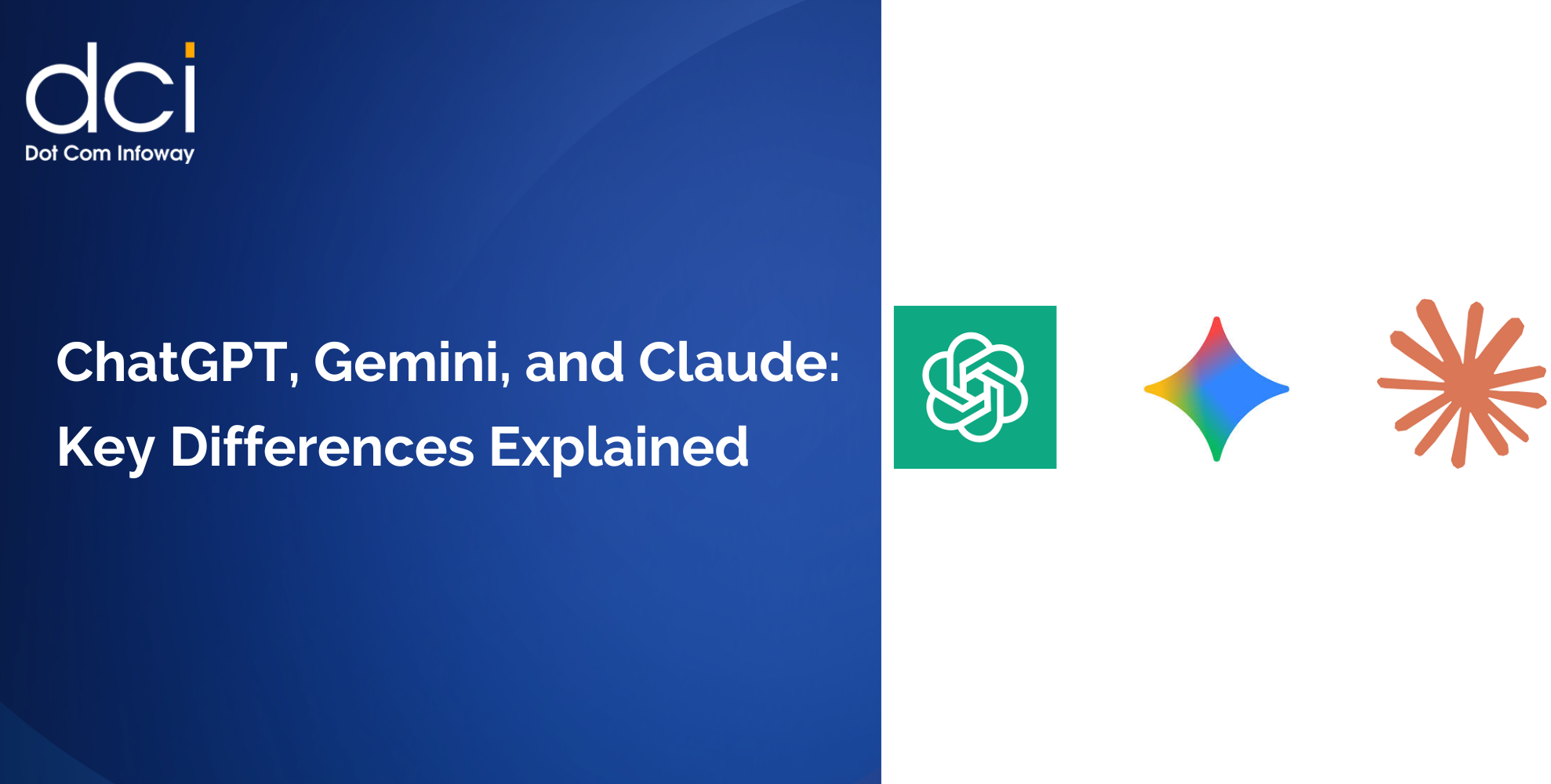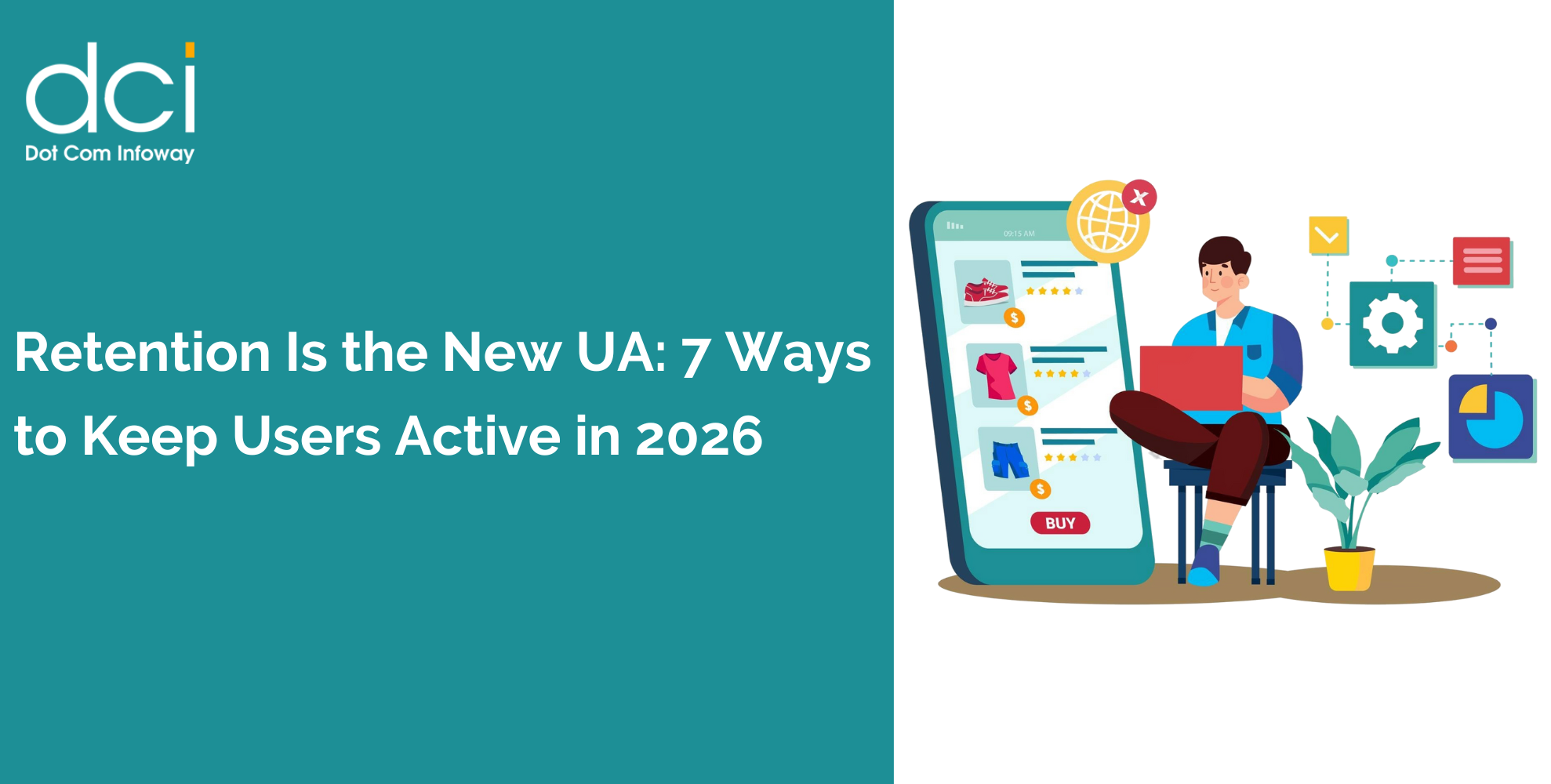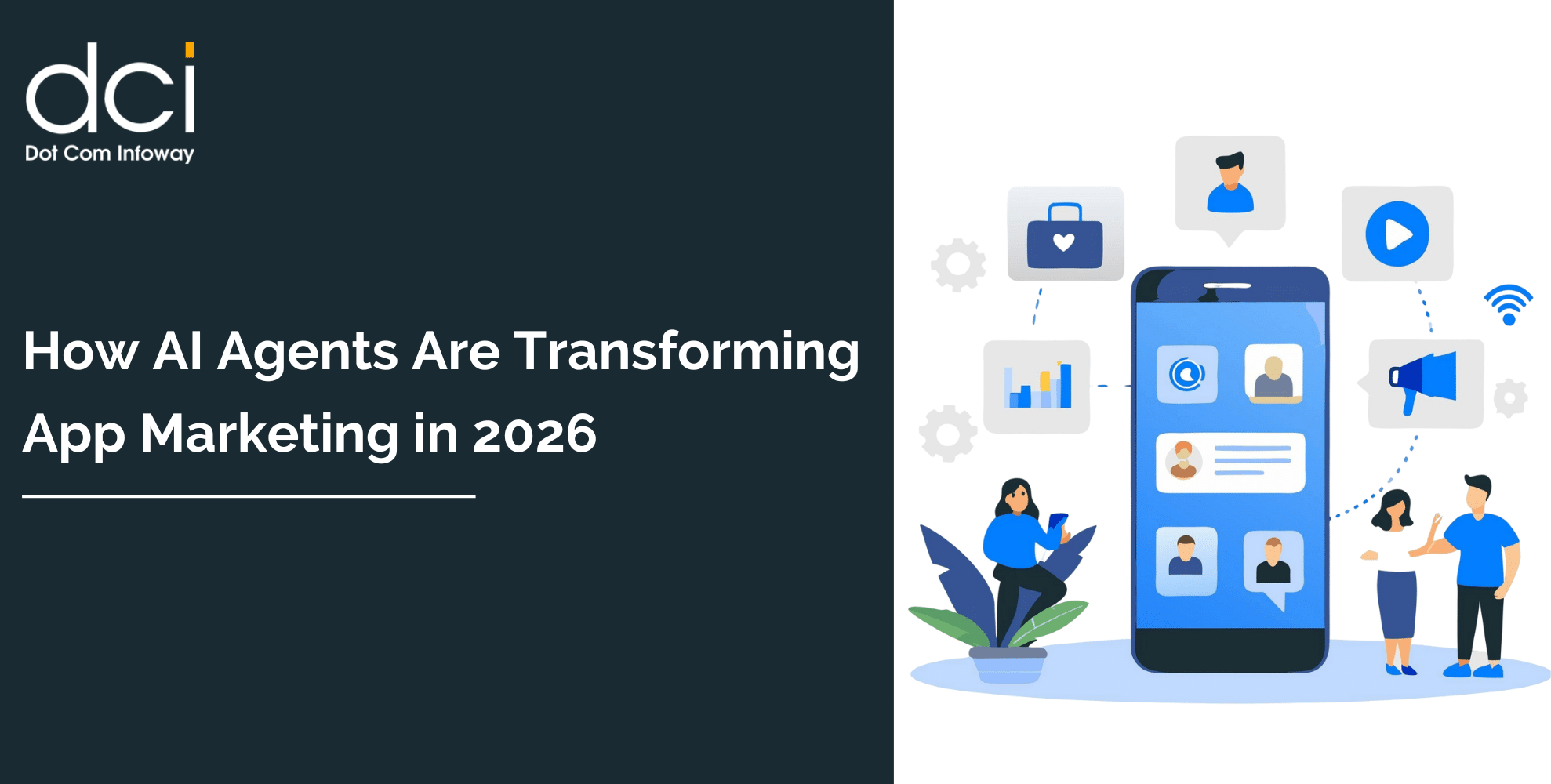Users are leaving. Even as you read this, it’s happening—some are logging off from your app, never to return. It might be due to something you’re doing or perhaps something you’re not. While churn is normal, losing too many users at once is bad news. If you want to retain your app users and build a loyal fan base that keeps coming back, this article is for you
Mobile App Engagement: Metrics and Strategies for User retention
12 mins read
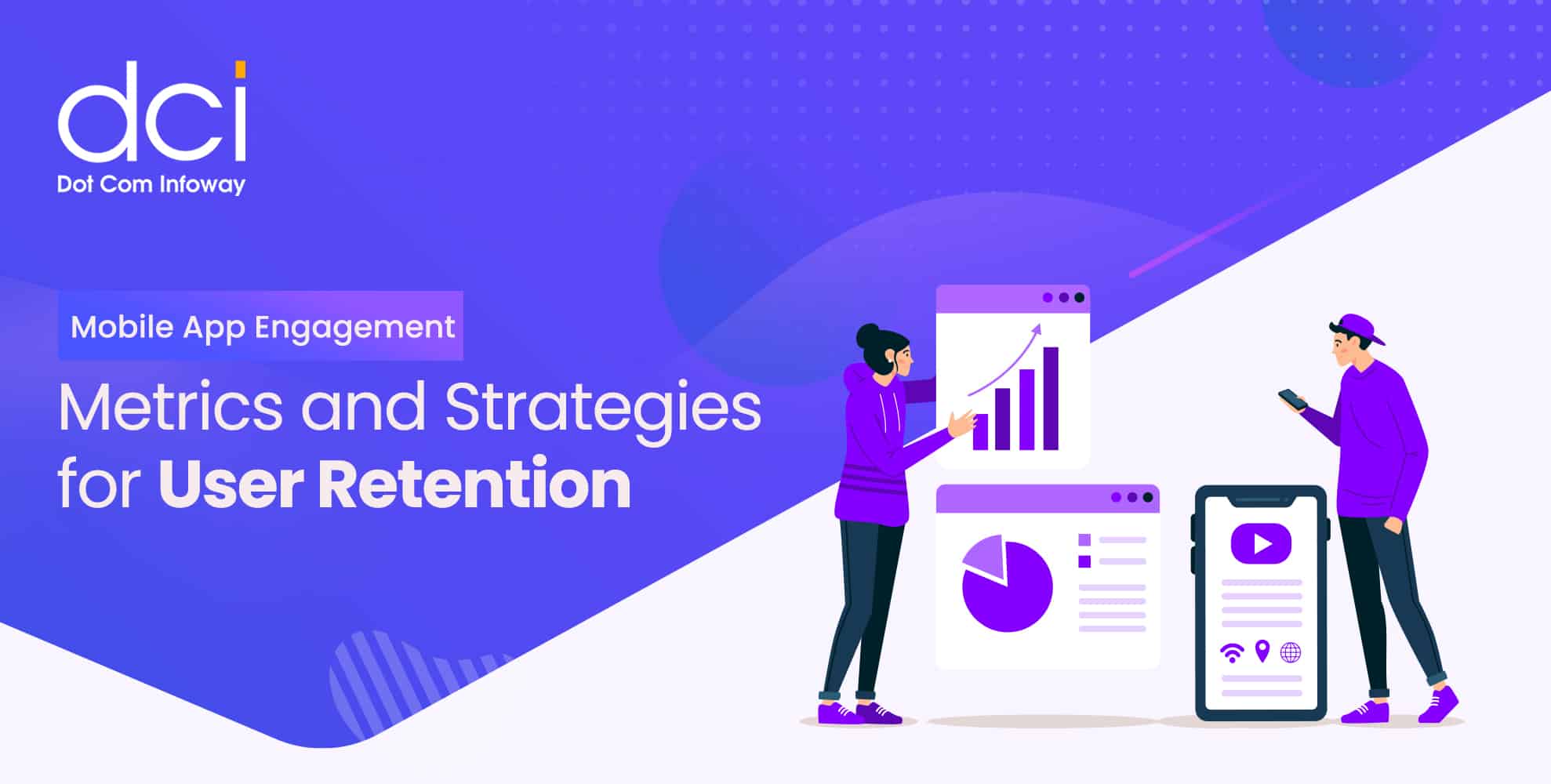
Important KPIs or Metrics that you Need to Track
Do you track KPIs for your app? This is very essential because it lets you know the moment something is going wrong. When you track the right metrics, you’ll be able to even spot what’s causing your users to leave.
That said, here are some important KPIs you should track:
1. Stickiness ratio
True to its name, stickiness simply refers to your app’s ability to encourage users to return. Typically, the average stickiness ratio for apps across industries is 20%. Of course, this may vary significantly according to your niche.
To calculate your stickiness ratio, you’ll want to divide your total number of monthly active users (MAU) by your daily active users DAU. For instance, if you have 10,000 MAUs and 5,000 daily active users, this will mean your stickiness rate or ratio is 0.5 or 50%.
2. Daily Uninstalls
You may be tracking your downloads. But do you track uninstalls? When a user uninstalls your app, they usually have a pretty good reason. When you follow up with uninstalls, you can:
- Narrow down on important pain points
- Win back leaving users
- Improve experiences for new users.
So, don’t forget to monitor your uninstalls just as much as you follow up on downloads.
3. Session Duration Average
Session length simply refers to the amount of time a user spends on your app per visit. For instance, if a user logs into your app, and spends 5 minutes interacting with it then left, that session’s length is 5 minutes.
To get your average session duration, you’ll to calculate the total duration of all sessions by all users. Then divide this total by the total number of sessions during a specified period. This will tell you how much time the average user is spending on your app per visit. As a general rule of thumb, most apps have an average user session duration of between 2 to 3 minutes.
However, this will again vary across niches. For instance, mobile game apps, social media and other types of applications tend to have higher average session durations.
4. Retention Rate
What is app retention rate? It refers to the percentage of users who your app manages to hold to over a specific period of time. Across most industries, a 10 to 30% app retention rate after 90 days counts as very decent.
Calculating your retention rate is easy. Simply take note of the number of app users at the start and end of a period, like say 90 days. Then subtract the ending number of users from the number of users you got at the start. Finally, divide the result you get from this with the number of starting customers and multiply by 100 to get a percentage.
Here’s the formula in a nutshell:
[(Ending app users – starting app users) / Starting app users] x 100.
Powerful Strategies for App Retention
Now you know how to diagnose the problem, but now comes the important part – fixing it. If you’re not pleased with the metrics you’ve found or simply want to get even better ROI from your app, take a look at these proven app retention strategies.
1. Streamline Onboarding
You want to ensure that app users are hooked from the very moment they land on your app. To ensure that’s the case, here’s what you can do:
- Provide useful documentation to guide new users
- Offer timely support in case new users have questions
- Make your interface very simple and intuitive
- Allow app users to personalize their experiences
When your app delivers a great first impression, that’s the first step to holding on to new users.
2. Segment Your Customers
Segmenting your users is really important because it enables you to address everyone’s unique and individual needs. By doing this, you can boost user satisfaction, which in turn increases your retention rate
Some characteristics you can use to segment your audience include length of time they’ve had your app for you and location. You could also group users by purchase habits, and time spent on the app.
Given how important this is and it’s potential to make or break app engagement, let’s take a little detour and discuss customer segmentation further before we proceed.
i. What is Customer Segmentation
This entails grouping your customers based on certain unique characteristics they possess. For example, you can group an audience based on their age, location, and behaviors among other criteria.
ii. What is Customer Segmentation Analysis?
It’s the processing of understanding the unique characteristics of customer segments. This knowledge will you personalize products, offers, campaigns and even app user experiences accordingly for everyone.
Beyond this, segmentation can also help you understand the value of each segment according to metrics like:
- Lifetime value
- Average order value
- Predicted future value and so on.
To get a better understanding of customer segmentation, you can rely on technologies like CRM platforms. You can also get the data you need to learn more about your customers from various data analytics software and customer engagement platforms as well.
If this doesn’t sound appealing, you can go straight to the source and collect feedback using questionnaires and surveys.
iii. Types of Customer Segmentation Models
There are many ways you can segment your customers. Ultimately, the model you go with depends on your goals, your target market, and other unique factors.
Here are some popular customer segmentation models you can consider:
- RFM segmentation: This entails grouping customers according to transaction or purchase histories.
- Cluster analytics segmentation – This entails grouping customers according to similar behaviors and traits. You can use geography, purchase habits, and other data points to create this model.
- Firmographic segmentation – You can classify customers based on location, revenue, company size, or industry. For instance, you can have separate groups for enterprises, medium-sized businesses, and small businesses.
- Technographic segmentation – With this formula, you use technology preferences and usage to group and categorize your customers or app users.
- Behavioral Segmentation – This entails examining behaviors like usage rates, brand loyalty and even viewing habits to group app users.
- Psychographic segmentation: From personality traits and interests to values and lifestyles, this model is all about understanding your customers’ psychological aspects and grouping them by these metrics.
- Geographic segmentation: With this strategy, you simply identify customer groups based on a specific location. It could be a country, neighborhood, continent, or region, among others.
- Demographic segmentation: This covers a breadth of criteria that can be about demographics such as occupation, education, income, gender, or age.
Now, with that being said, we can move onto some other crucial app user retention strategies.
3. Leverage Push Notifications
Push notifications can be a double-edged sword. Make great use of them, and you can catalyze app engagement to new levels. However, use them poorly your app might be sent to the uninstall bin. So, finding the perfect balance is key.
We recommend at most two notifications a day and no more than 5 in one week. In fact, even just one well-crafted and well-timed notification, preferably at a time when a user is not at work or relaxing, a day can work wonders. Emphasis again on well-timed.
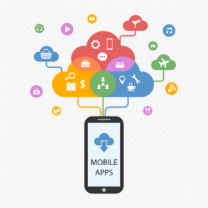
Need Help with Your Mobile App Marketing?
Talk to our experts! We are an award-winning marketing agency with 20+ years of experience in promoting mobile apps
4. Make it Personal
Your app is certainly meant to target thousands of users. However, you need to find a way to make each one of them feel like it was specifically meant for them. When this happens, users can develop a very deep connection with your app.
So you’ll want to personalize your application’s experiences, and even marketing campaigns, to address each one of your user’s needs and preferences, down to a very granular level.
5. Retarget and Course-correct
You’ve carried out a strenuous marketing campaign to target new users. But the fishing net came back up empty. Do you just throw in the towel and call it a day? Well, not if you want to be successful and boost user retention.
It’s not necessary to jump ship on your campaign altogether. Now, you can analyze what went wrong, and then use this data to retarget your app marketing campaign. Preferably, create personalized ads and present a new brand perspective that may just win them over.
6. Incentivize App Retention
Oftentimes, we focus so much on new user acquisition. We pull out all the stops to bring in new users and dedicate huge budgets to making it happen. However, how do you take care of users after you’ve wined them over? Well, this is very important and it shouldn’t be an afterthought.
So you want to also focus on creating engagement strategies geared toward existing users. A great idea would be to offer loyalty incentives. This could be anything from reward systems to membership programs, as long as it adds value for every visit a user makes back to your app.
7. Go After Users Who’ve Left
An app user walked out the door. Do you just say tough luck and move on to the next new user? No. That door isn’t closed just yet. In fact, there’s a really good chance you can get them to come back. This is why it’s important to have a win-back strategy.
Here, you want to get feedback from these users. Perhaps they’re facing an issue which, if you sorted it out, they’d come back again. So, use this feedback to make general improvements to your app so that users don’t leave in the first place.
User Retention is a Puzzle. But We can Help you Crack It.
User retention sometimes feels like a complex puzzle or a game of chess, and each case is unique for every app. While these strategies and KPIs or metrics we’ve discussed today will work across the board, understanding your app’s unique niche and market is also extremely important. Dot Com Infoway can assist with this, helping you formulate an app marketing strategy that increases user retention and boosts new user acquisition. Click here to learn more about our user engagement strategies.
Latest Posts
Get the latest insights from Dot Com Infoway straight to your inbox.



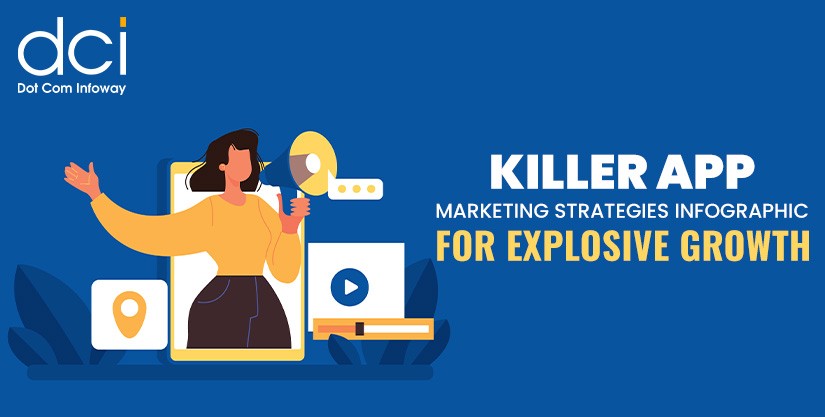
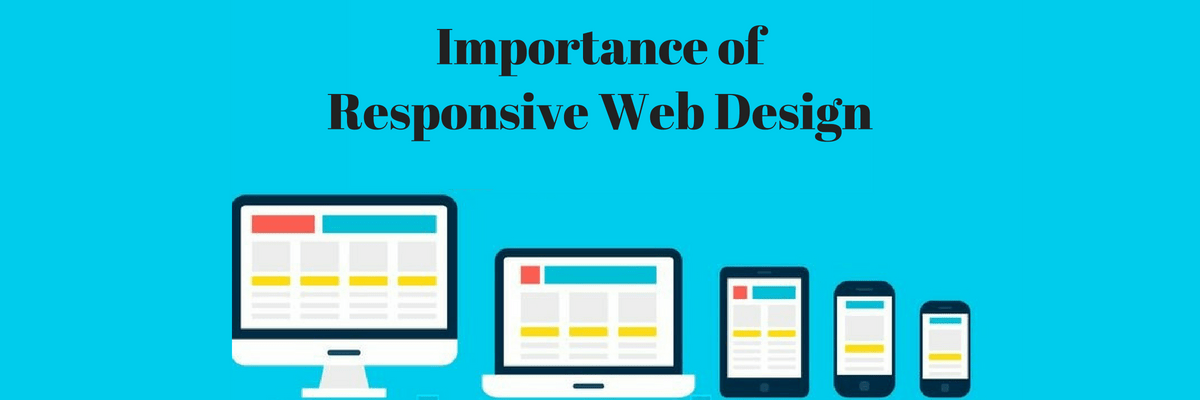
![The Game Marketing Guide: Pre and Post-Launch Strategies [Infographic]](https://www.dotcominfoway.com/wp-content/uploads/2023/09/DCI-Game-Marketing-blog-1.jpg)
